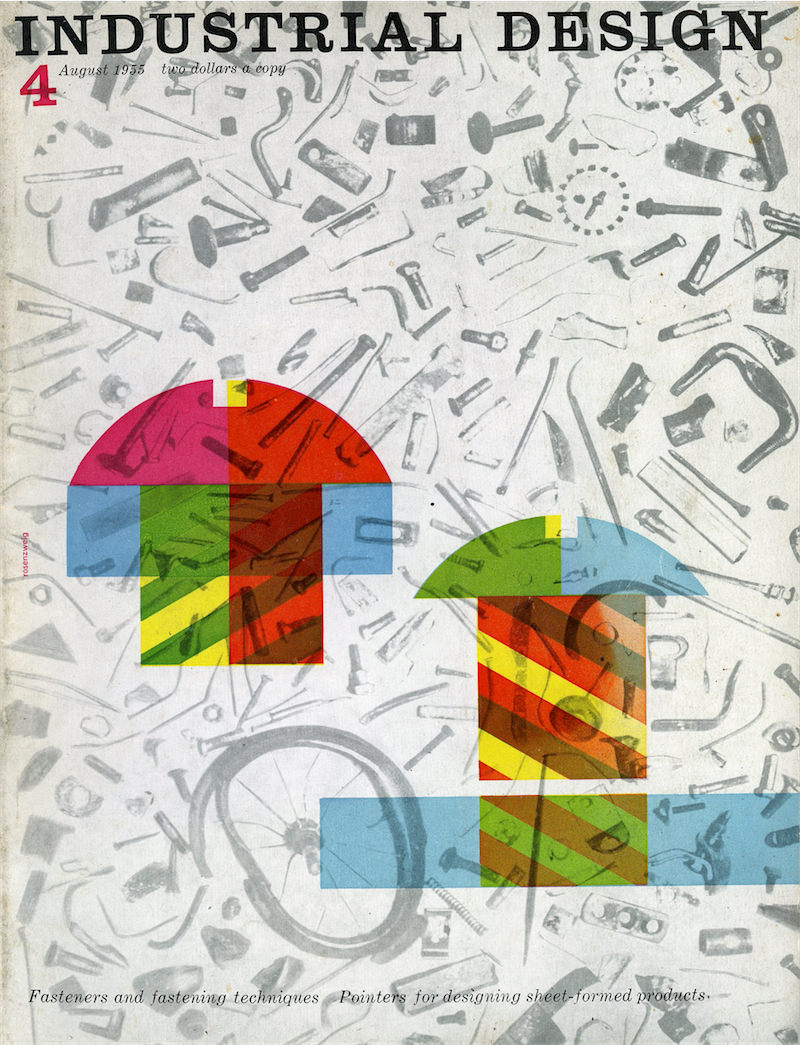Estimated reading time: | Select text to share via Facebook, Twitter or Email
When asked to include my picture, I substituted it for one of some old boards which, with the Etruscan profile, had given me the idea for the Container ad (N. W. Ayer Agency). That it happened to fit shows how flexible a layout is.
In the June issue, ID inaugurated a series of “case histories” of graphic designs: Lester Beall’s integrated design program for the Torrington Manufacturing Company was accompanied by his comments on the layout he prepared, offering insight into the approach of a designer working in this important area of designing for industry. In this installment, Paul Rand explains how and why the examples of his work were organized and laid out as we see them on these eight pages.—Ed.
Where do you get your ideas? What inspires you?
Any theory of mine on “inspiration” is offered with reservations, because creativity is almost as mysterious to the artist himself as to the layman. However, I do believe that for the most part inspiration comes from rather unromantic and often unexpected sources.
The artist is by necessity a collector; he accumulates things with the same ardor and curiosity that a boy stuffs his pockets. He borrows from the sea and from the scrap heap; he takes snapshots, makes mental notes, and records impressions on tablecloths and newspaper — why one particular thing and not another, he may not know at the time, but he is omniverous. He has a taste for children’s wall scrawlings as appreciative as that for pre-historic cave painting. Wildly heterogenous as his inspirational source material appears, there is a common denominator, and that is the satisfaction of his constant search for new forms; he takes note of what jolts him into visual and emotional awareness. Without this harvest of visual experience, he would be unable to cope with the multitude of problems that confront him in his work.




















